Michelin-starred restaurants must meet five strict criteria of this organization and pass the assessment of the assessors.
Information about the criteria was shared by a Michelin representative at a seminar after the Michelin star awarding ceremony for restaurants in Singapore in 2018.
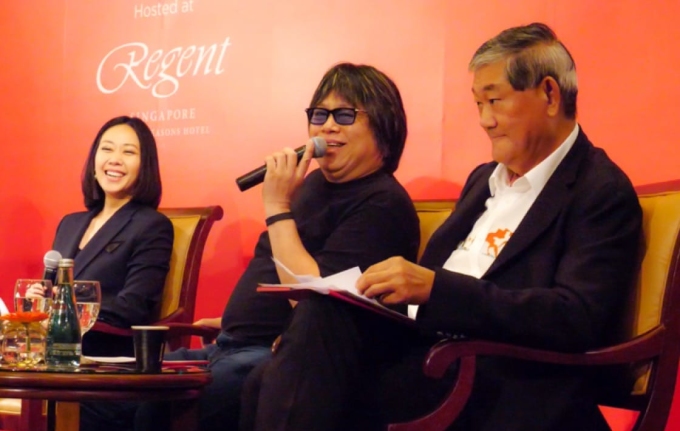
Chef Alvin Leung (center) talks about the criteria a restaurant needs to meet to achieve a Michelin star during a seminar in Singapore, organized by Michelin Guide, in 2018. Photo: Michelin Guide
Use quality ingredients
Chefs in Singapore don’t have the luxury of using locally grown, in-season ingredients. But that doesn’t stop them from sourcing the best of the best for their cooking.
Tan Ken Loon, chef of Nake Finn seafood restaurant, travels further afield to cities like Hokkaido (Japan), Brussels (Belgium) and Hong Kong (China) to proactively source goods directly, instead of relying on suppliers. Tan has imported more than 200 types of seafood to serve his restaurant.
While using fresh produce is essential, restaurants don't have to use high-end, expensive items like cubed ham or foie gras to be highly rated by the reviewers. "Making simple things extravagant is more appealing to us," a Michelin Guide representative said.
Mastering flavors and cooking techniques
Alvin Leung, owner of the three-Michelin-starred Bo Innovation in Hong Kong, says restaurants that only use luxury ingredients only create luxury. A Michelin-starred restaurant must balance outstanding food design with the restaurant’s identity and sustainability in its operations.
Besides the quality of the food, cooking techniques are also important. "As a diner, my expectations of a restaurant depend on the amount of money I pay for the meal. With a Michelin-starred restaurant, attention to details like the time it takes from the kitchen to the table so the food doesn't get cold when it's served," Leung said.
The chef's personality is expressed through his dishes.
Leung is considered one of the most charismatic chefs and has been nicknamed the "devil chef". Leung said the food he serves is how people see his personality. "I have to change the nature of the dishes to serve the guests I am cooking for," he said.
Philipp Blaser, who oversaw more than 100 dining establishments for the Four Seasons hotel group in 2018, said fostering a culture of experimentation is also a way for chefs to express their personalities. "We need to create a culture where it's safe to make mistakes and experiment with culinary styles and service," Blaser said.
Value for money
Food expert Yeo See Kiat explains a value-for-money meal as “leaving the restaurant with a memorable experience.” The phrase “value for money” encompasses the entire experience, from the attentiveness of the wait staff to the surroundings of the dining area to the food.
Beppe de Vito, chef and CEO of a group that operates restaurants ranging from casual to Michelin-starred, believes that eateries, regardless of their target audience, should still focus on pleasing customers and treating them equally.
Consistency of dishes
A representative of the Michelin Guide said that the main reason behind the reviewers stripping restaurants of their Michelin stars is the lack of consistency in the food. A restaurant cannot have the quality of the food not meet the standards, go down or make diners dissatisfied because of a lack of staff or suppliers delivering less food.
In case the main chef is absent, the dishes must still retain their original taste. To achieve this, the chef must spend time training his staff.
Four Vietnamese restaurants awarded Michelin stars for the first time
Anh Minh (According to Michelin Guide )
Source link


![[Photo] Students of Binh Minh Primary School enjoy the full moon festival, receiving the joys of childhood](https://vphoto.vietnam.vn/thumb/1200x675/vietnam/resource/IMAGE/2025/10/3/8cf8abef22fe4471be400a818912cb85)



![[Photo] Prime Minister Pham Minh Chinh chairs meeting to deploy overcoming consequences of storm No. 10](https://vphoto.vietnam.vn/thumb/1200x675/vietnam/resource/IMAGE/2025/10/3/544f420dcc844463898fcbef46247d16)

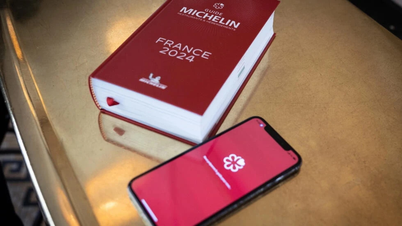

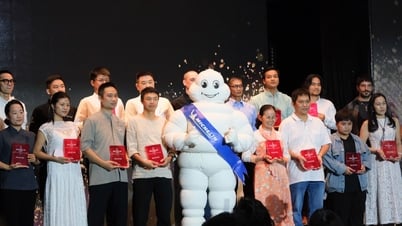



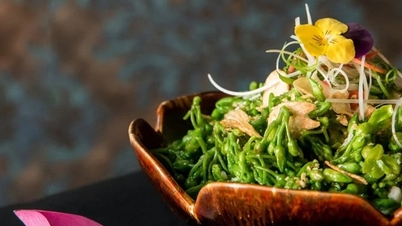







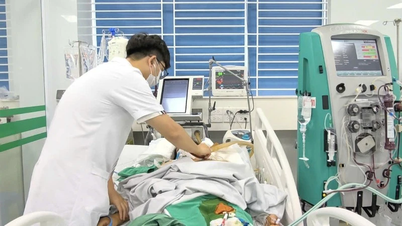
















































































Comment (0)